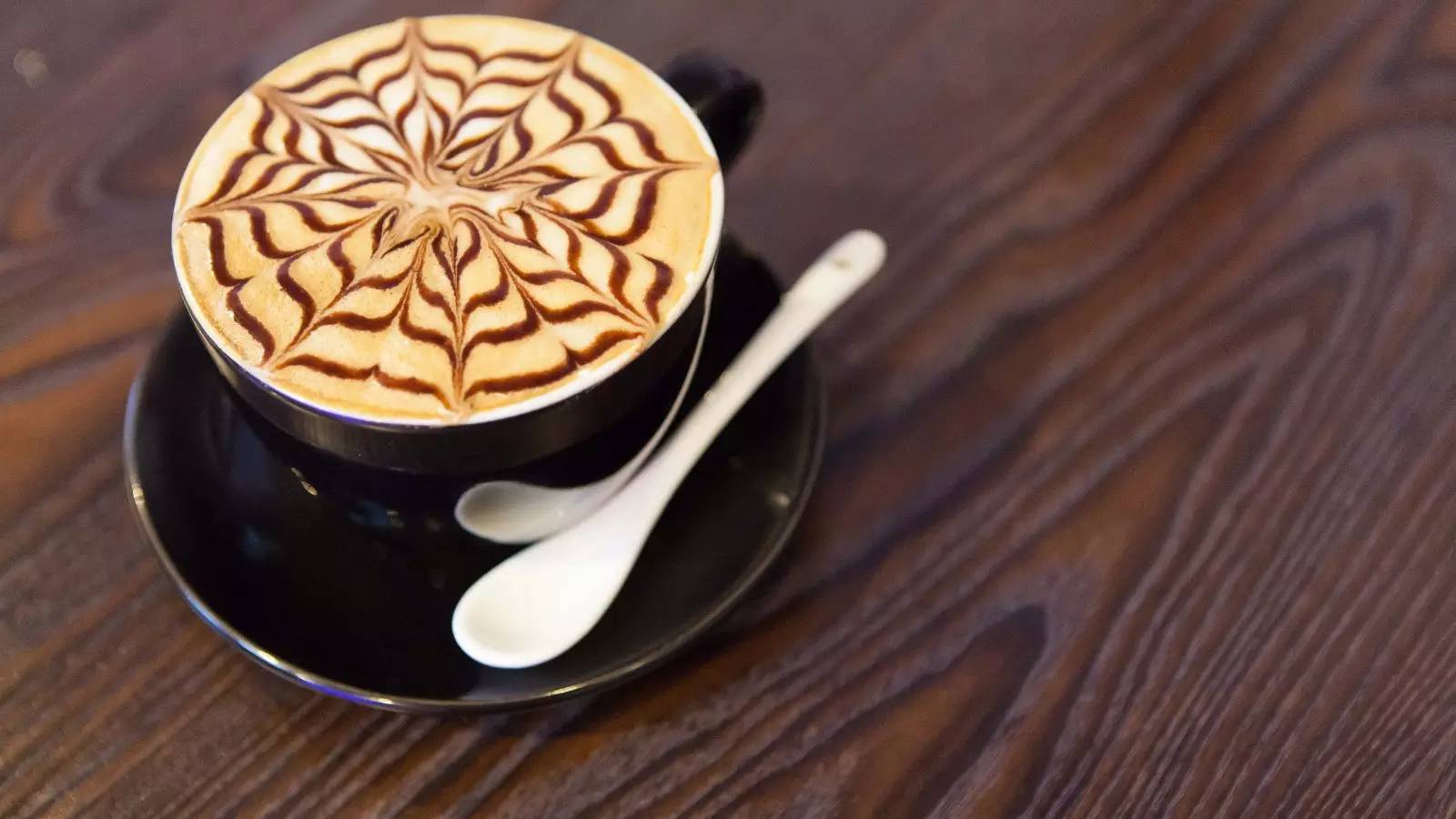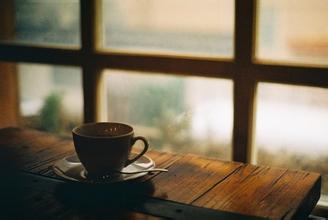Coffee dissemination chronology
Arab (eleventh century) → Egypt, Syria (13th century) → Damascus (16th century) → Europe (17th century)
The earliest people who planned to grow and eat coffee were Arabs.
At the beginning of the eleventh century, people in the Arab region boiled coffee into soup or dried it and then boiled it as stomach medicine. Because Muslim precepts are strict and alcohol is forbidden, Muslims use baked juice instead of alcohol as an exciting drink. The local people knew how to bake raw beans for use after the 13th century. This drink, centered on Muslim shrines, was spread by Muslims and first from Arabia to Egypt. Coffee was widely and systematically cultivated by Arabs in the 12th and 13th centuries when it spread to Syria, Iran and Turkey. In the 16th century, the world's first coffee shop was born in Damascus in the Middle East (1530). Over the next few years, there were different numbers of coffee shops in more than 200 cities throughout the empire, and there were mobile coffee tents on wilderness roads to serve business travelers and the army. On the other hand, coffee was slowly introduced into Europe from Venice and the port of Marseilles in the name of Arabian wine and Turkish expedition to Austria. King Clement VIII of France at that time once said: "although it is the devil's drink, it is delicious." It is a pity that this kind of drink is only monopolized by pagans. "on the other hand, the custom of drinking coffee among Europeans was spread by Italian businessmen when they were doing business everywhere in the 17th century. The first coffee shop in Venice was Bottegadel Coffee.
Coffee memorabilia
Sixth century-for the Christian era, Ethiopian shepherds discovered red coffee fruit
Eleventh century-Arabs boiled coffee into soup or dried it and boiled it as stomach medicine before spreading it to Europe.
In the 13th century, during the western expedition to Mongolia, Arab-centered Islam drank coffee by roasting and grinding raw beans, and then spread from Arabia to Egypt, Syria, Iran, Turkey and other places.
In 1529, Franz GeoraKolschitzky, a Viennese, established the first coffee shop in Europe, and he also started the trend of drinking coffee and milk.
Coffee has become black gold in Istanbul in 1544 and is very popular.
The Italian Cafe was founded in Venice in 1645.
The first English cafe opened in 1652 and began to drink coffee.
Coffee replaced beer as New York's breakfast drink in 1668.
The first French cafe opened in 1672.
In 1690, by smuggling coffee seeds from the Arab region, the Netherlands became the first country to grow and re-export coffee, mainly in Ceylon and Java.
Coffee was first shipped from Java to the Netherlands in 1706.
In 1718, at the French admiral, Dekrou used his own drinking water to irrigate coffee seedlings and planted on the French island of Marchinique, where coffee soon spread to Central and South America, where 90% of the world's coffee was actually cultivated.
The first coffee shop was opened in Berlin in 1721.
Coffee became a common drink in the United States in 1773 because of the black tea incident in Boston.
Steam pressurized Espresso was invented in the American Civil War from 1861 to 1865.
In 1884, the British were introduced to trial planting in the three Gorges of Taipei. During the Japanese occupation era, the Japanese saw that Taiwan's climate and soil were suitable for coffee, so the Japanese introduced Arabica from abroad. After a successful trial in the north, they invested heavily in Zhiben and Mizuho, and the yield was good.
In 1900 AD the Hill brothers packed their roasted coffee in vacuum cans, and the area was filled with roasters and grinders.
Satori Kato, a Japanese-American chemist in Chicago in 1901, invented instant coffee.
In 1903, Ludnig Roseliu, a German importer, invented a process called (Sanka) to remove caffeine without destroying the original flavor of coffee.
George constant Washiogton, a British chemist who lived in Guatemala in 1906, began to make instant coffee in large quantities.
Sanka landed in the United States in 1923.
Around 1931, the Japanese Kimura cafe Company planted coffee in Chiayi, followed by Mizuho in Hualien.
In 1938 Nestl é helped solve the problem of coffee overproduction in Brazil.
In 1941, Taiwan's coffee was rich in output and good in quality and flavor, which led to the complete victory of coffee in Taiwan. not long after Japan launched the Pacific War, coffee sales became a problem, and there was no one to take care of it. Farmers changed to grow rice.
The first "Chaofeng Tea Shop" appeared near Zhongshan Hall during the early days of retrocession in 1949. It was a coffee shop in the early days of Taipei. At that time, most of the coffee was popular from the US military welfare society.
In 1950 AD, with the help of the US military to defend Taiwan, instant coffee was introduced to Taiwan. In the early days, there was only Nestle coffee in Taiwan.
It was the era of Honey Cafe in 1960, when the Star Hall on Wuchang Street was once a famous gathering place for domestic literary writers.
The first International Coffee Association was established in 1962.
In 1963, Antong Farm began to grow coffee.
In 1980, the bookshop was combined with a bookish coffee shop, while garden cafes were popular in the south-central part of the country.
European-style coffee shop, Japanese-style coffee shop and the most prosperous coffee chain in 1990.

- Prev

Nestl é launched a ready-to-drink coffee that can compete with freshly brewed coffee in convenience stores.
In recent years, China's ready-to-drink coffee market has grown rapidly. According to Euromonitor, the market for instant coffee reached 5.487 billion yuan in 2014, an increase of 22% over the same period last year, and is expected to reach 9.193 billion yuan by 2017, equivalent to a growth rate of 67.5% in three years. Although the market share of ready-to-drink coffee currently occupies the largest market share.
- Next

The Chinese and American men in Chongqing "drank" more than 300,000 yuan in the coffee shop.
Recently, a man in Shizhu County, Chongqing, not only fell into a beauty trap and was attracted to a coffee shop to spend more than 10,000 yuan, but his bank card was copied and stolen for more than 300,000 yuan. On October 18, a reporter from the Chongqing Times learned from the Chongqing Shizhu police that the police had arrested 15 suspects involved in the case. In August this year, Cui, a citizen of Shizhu County, spent more than ten thousand yuan in a coffee shop through social software.
Related
- The coffee industry is huge! Coca-Cola wants to sell Costa at a low price of 25%?!
- The memories are gone! Shenzhen's last Man Coffee shop is permanently closed!
- What are the characteristics of hand-brewed coffee? How to use the Rao Spin coffee brewing method? Europe and North America share their hand-charging methods!
- How to choose the direction of the circulation of hand-brewed coffee? Should I fill the water clockwise or counterclockwise when making coffee by hand? How do you turn around while making coffee?
- What is the ratio of water to coffee in American coffee? What beans are the best for American coffee? What is the best espresso for American coffee?
- Affected more than 40 cities! Starbucks employees launch an indefinite strike!
- Fortunately, employees disclosed the new black tea latte! Netizen: Replace the short extract
- The flavor difference between hand-brewed coffee at high temperature, medium temperature and low temperature can coffee be heated again
- The difference between single coffee and SOE Why are soe coffee beans more expensive? Soe acid or not
- Fruit porridge?! Chabaidao launches "Solid Poplar Branch Ganlu"

